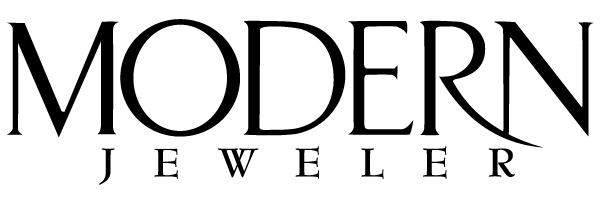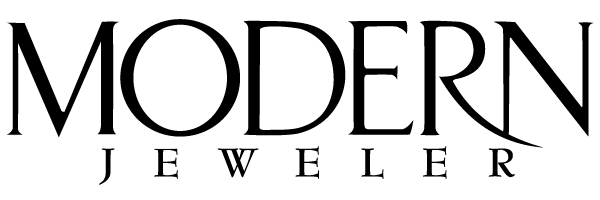The National Retail Federation (NRF) has reported promising economic conditions as the U.S. transitions into 2025. According to NRF Chief Economist Jack Kleinhenz, the U.S. economy ended 2024 on solid footing, supported by a resilient labor market, steady economic growth, and declining inflation.
Economic Growth and Key Indicators
Gross domestic product (GDP) growth for 2024 was estimated at 2.7% over 2023, supported by consumer spending and wage growth above inflation levels. The NRF forecasts GDP growth for 2025 between 2% and 2.5%, though this remains uncertain given potential changes in trade, immigration, regulation, tax, and federal spending policies.
Key economic indicators cited by Kleinhenz include:
- Inflation: Year-over-year inflation measured by the Personal Consumption Expenditures (PCE) Price Index fell to 2.4% in November, close to the Federal Reserve’s target of 2%.
- Wages: Average hourly wages grew 4.4% in November on a three-month annualized basis, outpacing inflation and contributing to higher disposable incomes.
- Consumer Spending: Spending on goods and services rose 5.5% year-over-year in November and December, while disposable personal income increased by 5.2%.
Resilient Consumer Spending
While concerns about high prices persisted, consumer spending showed resilience in 2024, bolstered by low unemployment and wage growth. Core retail sales—excluding automobiles, gasoline, and restaurants—rose by 4% year-over-year on a three-month moving average as of November and by 3.8% for the first 11 months of 2024. NRF expects holiday sales growth for 2024 to align with its projected increase of 2.5%–3.5% over 2023.
“There was a disconnect between strong consumer spending and weak consumer confidence throughout 2024, with shoppers still concerned about high prices even though most inflation is now in services rather than goods,” Kleinhenz said. He noted that optimism is increasing, with the University of Michigan consumer sentiment index rising 3.1% to 74 in December – its fifth consecutive monthly increase and the highest level since last April.
“The U.S. economy ended 2024 on a high note and the outlook looks promising for 2025,” Kleinhenz said. “Recent performance shows the economy is on solid footing and has been growing at a steady pace and above its historical average. The labor market is healthy, unemployment is low, inflation has fallen almost to the Federal Reserve’s target even though it remains somewhat sticky, and the direction of interest rates remains lower.” “I don’t want to get ahead of our annual forecast, but there is good reason to expect healthy economic growth in 2025 even though its shape will depend upon a lot of moving parts,” Kleinhenz said. Key factors could include changes to trade, immigration, regulation, tax and spending policies and their impact on economic activity “but the resilience of the U.S. consumer should hopefully remain part of the dominant narrative.”
Interest Rates and Fed Policy
The Federal Reserve lowered interest rates by a quarter point in December, bringing rates closer to pre-pandemic levels. Fed officials have signaled a cautious approach for 2025, planning further reductions of only half a percentage point to maintain progress on inflation control.
Kleinhenz emphasised the importance of balancing rate adjustments to sustain economic growth without undermining recent gains in curbing inflation. “The Fed is attempting to ‘thread a needle of lowering rates but at a pace that won’t undo recent progress on inflation,’” he said.
Implications for the Jewelry Industry
Projected economic stability and higher disposable income may support steady demand for fine jewelry in 2025. However, potential challenges remain, including shifts in consumer confidence, price sensitivity, and changing spending habits. Jewelers should consider aligning inventory and marketing strategies with broader consumer and retail trends to navigate these dynamics effectively.






